Winter clothing for white water kayaking
The temperature may be dropping, but as the rain comes in the opportunities for white water increase. Wild rapids can be hard work, and there are countless ways you may get dunked into an icy stream, but as long as you can keep yourself warm, the best kayaking is just around the corner…
We can’t stress enough how important it is to wear a helmet for watersports, and white water kayaking is no different. Not only will a helmet protect you from injuries, it will also provide extra insulation to keep your head warm.
Keep the cold water out with a good quality drysuit. If you opt for one designed specifically for kayakers, you’ll benefit from sustained mobility in the arms and shoulders and durable knee and seat panels, as well as all the expected features like waterproofing, windproofing and breathability. Wearing it with an undersuit will ensure the ultimate combination of protection and warmth.
If you don’t fancy investing in a drysuit, just opting for a spray top to wear over a wetsuit or with waterproof trousers is a good shout for winter paddling. It’ll keep the cold water out meaning your upper body stays dry and toasty.
Layering up properly is so important in the winter months, and a comfortable, thermal base layer will help to effectively insulate your body when paired with a fleece mid layer and a waterproof outer layer, like a drysuit or a spray top. Choose between a separate thermal top and leggings, or an all in one like Nookie's Iceman Thermal Undersuit.
You’re going to need all hands on deck for white water kayaking (literally – keeping your hands underneath the spray deck will be no use at all), so not being able to feel your fingers could really hold you back. A standard pair of neoprene gloves will do the trick – opt for a pair with a grippy palm to stop your hands slipping on the paddle. Alternatively, you could try out paddle mitts, which wrap around the outside of your hands and fingers as they go around the paddle. It’s up to you which you’d prefer.
We’ve already talked helmets, but adding a hat or a hood into the mix will add another layer of insulation and protection. A standard knit or fleece beanie will work just fine, but go for something that will fit comfortably under a helmet. To state the obvious, a bobble hat won’t do the trick.
Having the right footwear is important not just for keeping your feet warm, but also for grip when launching and landing. Rocks can be slippery at the best of times, and when the temperature drops surfaces can become icy too. A pair of sturdy kayak shoes with a good 4-5mm neoprene construction and a high grip sole are a worthwhile investment that will benefit you both on and off the water. Not warm enough? Throw on a pair of neoprene socks underneath for extra insulation.
--
Written by Eliza Tilbury
Updated on 6th January 2021
Originally published on 30th October 2019 in Kayaking












































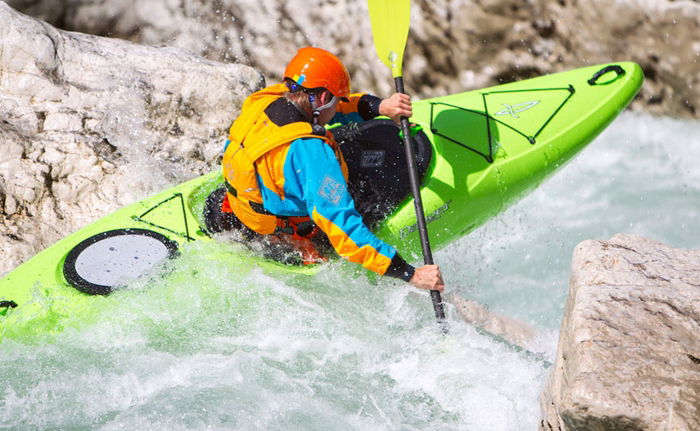


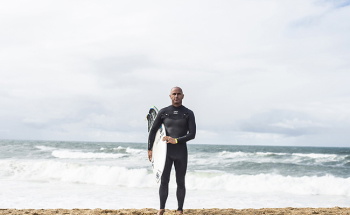
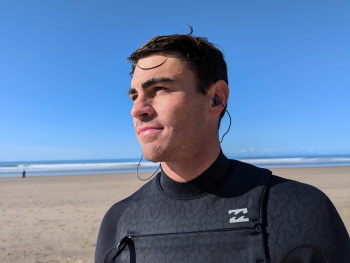
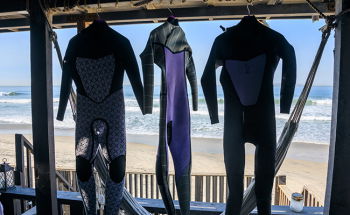
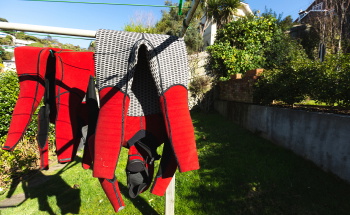
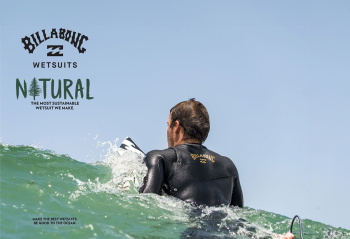

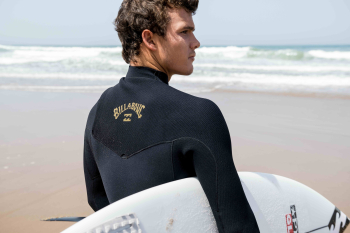

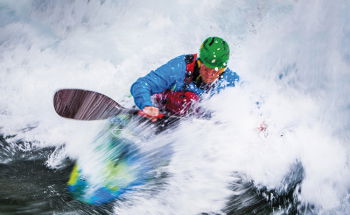

 Visit the US site
Visit the US site  Continue to DE
Continue to DE